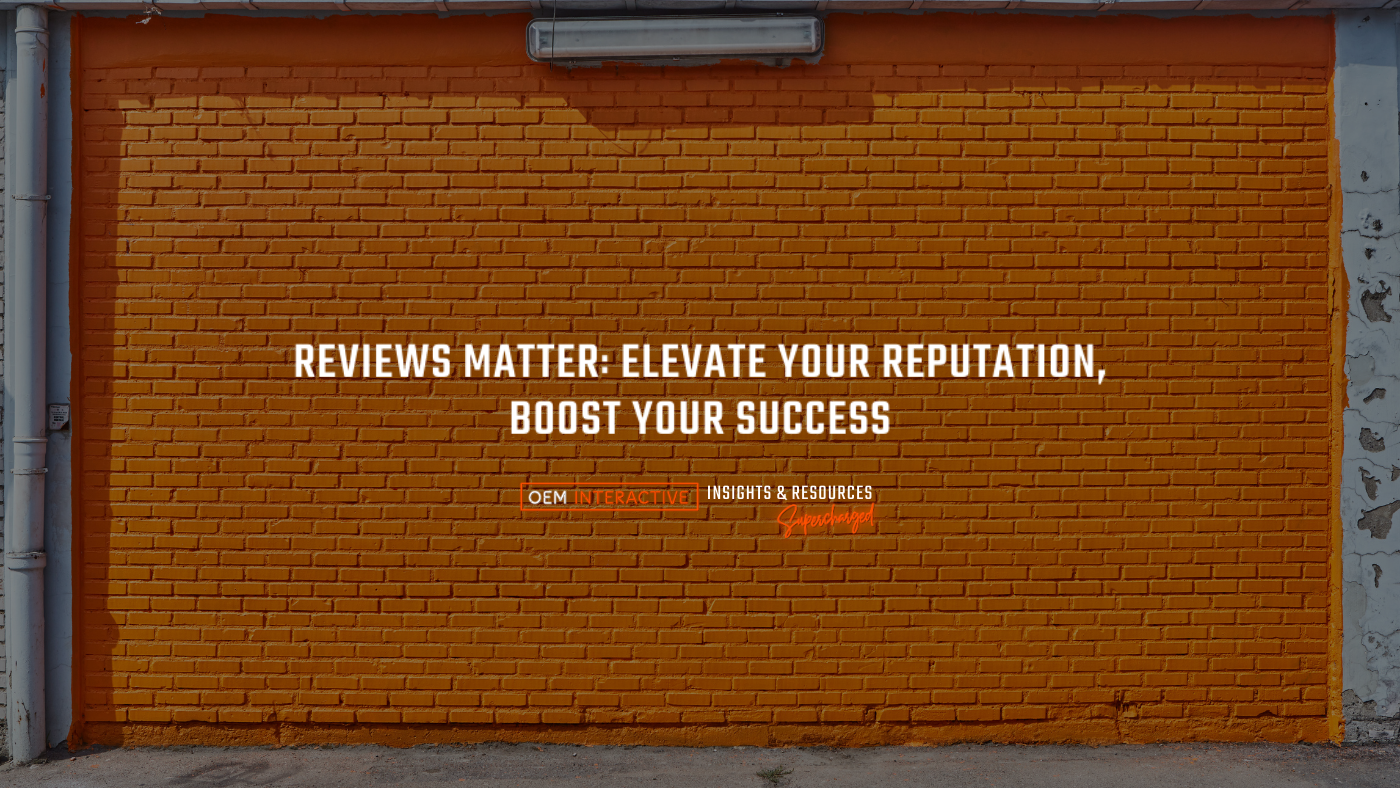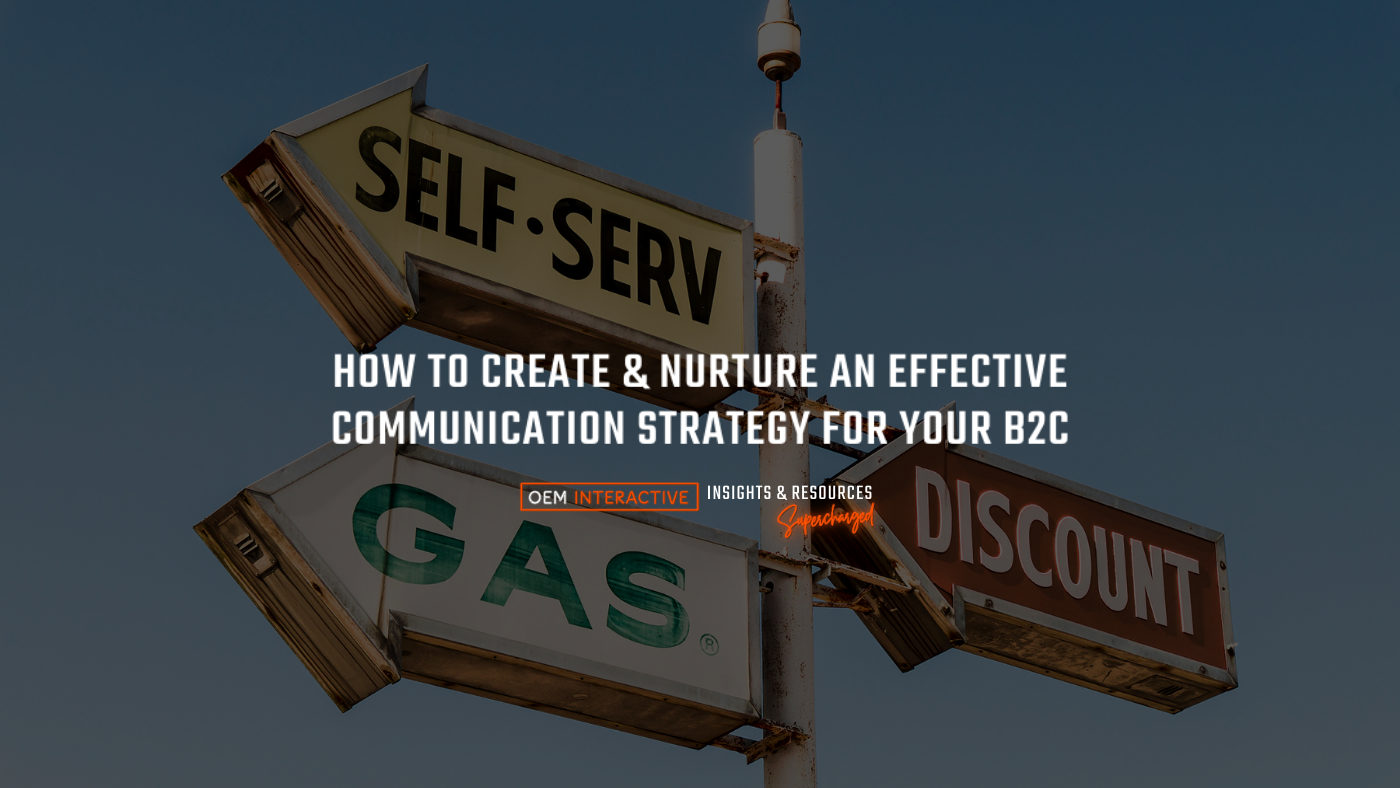Most of us in the world of online auto parts sales have laser sharp vision when it comes to finding and acquiring new customers. In fact, many of us pursue new buyers with such single-mindedness that we lose site of those customers who have already made a purchase from us. But, what if we told you that creating and implementing a post-purchase strategy as an integral part of your fixed ops marketing could increase your profits dramatically? What if we told you that repeat customers spend an average of 67% more than new customers? Surely you’d want to know how to convert every new buyer into a repeat customer, wouldn’t you? Read on and find out how.
Don’t Just Make the Sale and Bail
For some reason, it seems to be a thing with ecommerce automotive parts and accessories sites to make the sale and then bail on the customer. A lot of sites do everything they can to attract buyers but fail to send even the most rudimentary of order confirmation emails, let alone a shipment notification! We hate to say, but Amazon has conditioned the online buyer to expect constant communications throughout the post purchase journey so now you have to as well.
Communicate the 5 Steps of the Fulfillment Process
Another reason why this is absolutely essential in our industry is because shops, mechanics and DIY buyers are relying on your product to keep their car in running order. Whether you decide to ship FedEx Next Day with Signature Confirmation or DHL Parcel Post that may get there before the next century, you have to provide your customers with shipment notifications that are trackable. Services like ShipStation are a cheap way to provide your customers with an integrated and branded (yes, your brand) tracking page where they can watch the progress of their shipment and plan their life and repairs accordingly.
In short, the a crucial part of effective post-purchase strategy is communicating to your customer at the following five steps of the order fulfillment process:
- Order confirmation
- Item shipment
- Item in transit
- Item out for delivery
- Successful delivery
Doing so will keep the customer engaged, informed and they will be grateful for the apparent care you’ve taken with their time and expectations.
Making Returns Fair and Simple
eBay knows it. Amazon knows it. And it’s about time that you got used to the fact that a clear and fair return policy isn’t just a great way to entice new customers, it’s a must-have part of your post-purchase process. Ensure that your site’s design and product pages all prominently display your returns policy page (don’t go overboard) and that all return related text and images are inviting in terms of design, fonts and color-schemes. In short, be clear, concise and keep it simple.
Packaging Matters
We talk a lot about the importance of branding here and there’s almost nothing more important to projecting your brand’s identity and value than your product’s packaging. In fact, according to Inc.com “great packaging is especially significant for growing startups because it can have a direct impact on sales and a company’s overall appeal.”
Whether you’re just starting out in online sales or your a behemoth whose name begins with an “A,” we have all experienced the joy of getting a well-packaged, labeled and branded package from the UPS guy (or girl). Compare that with the experience of buying replacement headlamps shipped in a poorly taped printer box, stuffed with newspapers and crudely cut styrofoam and you can see why packaging matters. If you want to get a cut of that extra 67% branded and attractive labels and boxes are the way to go.
Feedback and a Reason to Come Back
Reviews are important not just to let you know about any possible hiccups or issues in your fulfillment process but for SEO purposes too. Google has put an increasing value on buyer created reviews so it only makes sense to solicit them during the post-purchase process. Consider adding a sixth point of communication to “check in” on your buyer a few weeks after their purchase. How did it go? How did we do? Is there anything we could do better? Questions like these will help to cement the bond between your company and your customer and may even prevent them from going to Yelp!, the BBB, Google and every other review site on the planet and blasting your brand.
Finally, incentivize their return. Give them a reason to come back. Promo cards are always a great idea but have you ever considered doing something like a scratch-and-win card with every purchase. The prizes don’t have to be big and they don’t all have to be winners but who in their right mind would just leave a $20 credit sitting unused? Nobody would and that’s why it’s a great way to keep your buyers coming back time and again.



